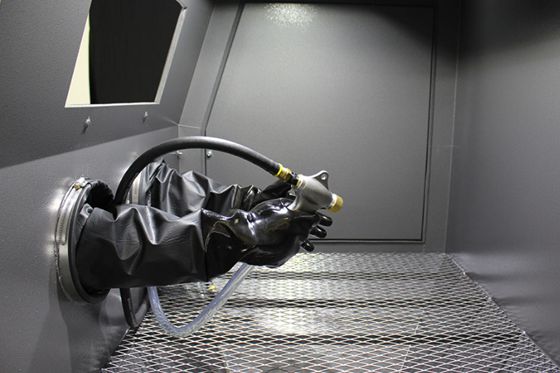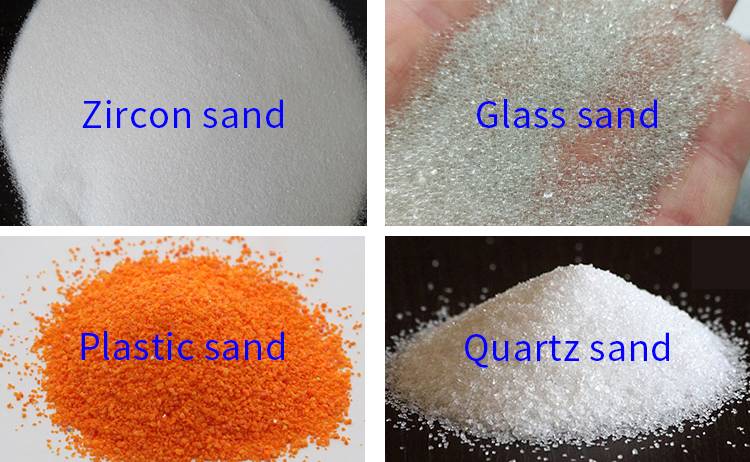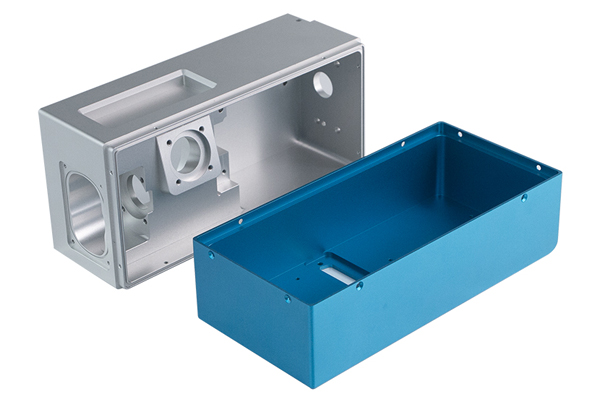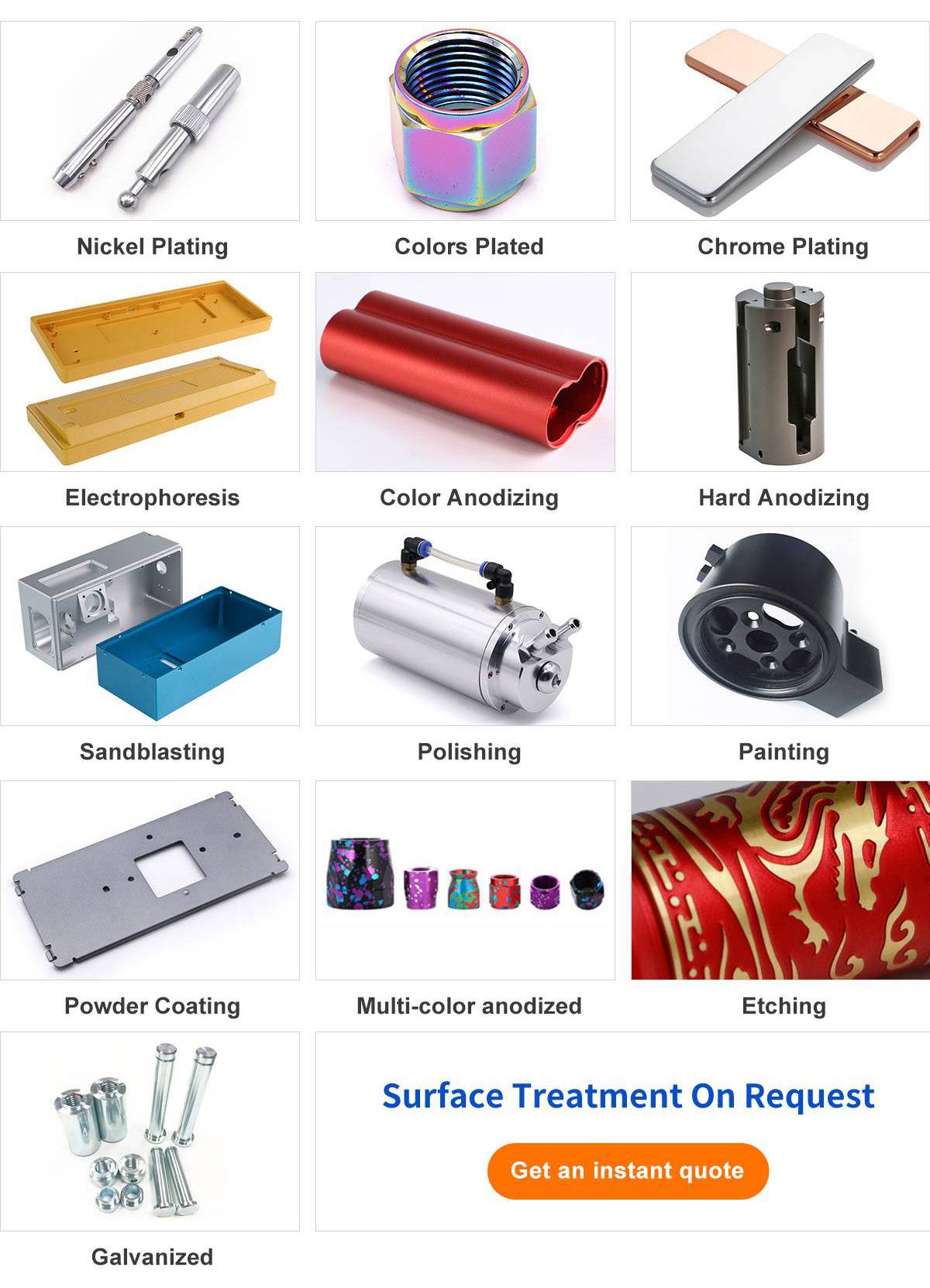15 years one-stop China custom CNC machining parts factory

Hey there I’m VMT Sam!
With 25 years of CNC machining experience we are committed to helping clients overcome 10000 complex part-processing challenges all to contribute to a better life through intelligent manufacturing. Contact us now
 722 |
Published by VMT at Jun 26 2024
722 |
Published by VMT at Jun 26 2024
Introduction
In the metal machining industry, aluminum is widely used across various fields due to its lightweight, corrosion resistance, and excellent electrical and thermal conductivity. However, during the manufacturing process, aluminum parts often have surface impurities such as oil stains and oxide layers that affect their performance and appearance. To improve the surface quality and mechanical properties of aluminum parts, the bead blasting treatment technology has emerged. This article provides a detailed introduction to bead blasting of aluminum, including its definition, process, tools, applications, and future development.
What is Aluminum bead blasting?
Aluminum bead blasting, also known as sandblasting aluminum or bead blasting, is a surface treatment technique that uses high-speed projectiles (such as glass beads, steel shots, etc.) to impact the surface of aluminum parts. This technique effectively removes surface impurities, increases surface roughness, and induces compressive stress, thereby improving fatigue strength, wear resistance, and corrosion resistance of aluminum parts and enhancing their appearance quality.

How is Aluminum bead blasting Performed?
The process of aluminum bead blasting mainly includes three steps: pre-treatment, bead blasting, and post-treatment.
Pre-treatment: Before bead blasting, aluminum parts need to be cleaned and derusted to remove surface oil stains, rust, and oxide layers. This helps improve the effectiveness of bead blasting and extend the life of the bead blasting machine.
bead blasting: Place the aluminum parts into the bead blasting machine, where high-speed projectiles are used to impact the surface. The choice of projectiles and control of the peening speed are crucial to the effectiveness of the treatment. Appropriate projectiles and speeds ensure the aluminum surface achieves the desired roughness and compressive stress.
Post-treatment: After bead blasting, the aluminum parts need to be cleaned and dusted to remove residual projectiles and dust. Additionally, quality inspection is necessary to ensure the parts meet relevant standards and requirements.
Tools Used in bead blasting
The main tools required for bead blasting include bead blasting machines, bead blasting guns, bead blasting cabinets, and peening media (such as glass beads, steel shots, etc.).
Bead Blasting Machine: The core equipment for bead blasting, responsible for providing high-speed projectiles. Different types of machines are suitable for various aluminum parts and treatment requirements.
Bead Blasting Gun: The tool that sprays the projectiles onto the aluminum surface. Its design and performance directly affect the effectiveness of the treatment.
Bead Blasting Cabinet: Used to house the aluminum parts and the bead blasting machine, providing an enclosed work environment to reduce dust and noise pollution.
Bead Blasting Media: The critical component in the bead blasting process. Common media include glass beads, steel shots, etc. Choosing the right media is essential for achieving the desired treatment results.

Advantages and Disadvantages of bead blasting
Advantages:
Thoroughly removes surface impurities like oil stains, rust, and oxide layers, improving the cleanliness and quality of aluminum parts.
Increases surface roughness and compressive stress, enhancing fatigue strength, wear resistance, and corrosion resistance of aluminum parts.
A high-efficiency, eco-friendly surface treatment technique widely used in various aluminum part processing and manufacturing.
Disadvantages:
Generates significant dust and noise pollution during the process, necessitating appropriate protective measures to ensure operator safety and health.
The impact on the aluminum surface can cause deformation or surface damage, requiring strict control of projectile speed and angle during the process.
Applications of bead blasting
bead blasting of aluminum is widely used in the machining of automotive components, aerospace parts, electronic product housings, and more. Through bead blasting, these aluminum parts achieve better surface quality and mechanical properties, meeting the demands of various complex working conditions.

Importance of bead blasting in Aluminum CNC Machining
bead blasting plays a crucial role in aluminum CNC machining in several ways:
Improving Surface Quality:
Effectively removes oxide and loose layers from the surface of die-cast aluminum alloys, increasing surface roughness, and enhancing adhesion and wear resistance.
Makes the aluminum alloy surface more uniform, facilitating subsequent processing and coating, and improving overall product appearance quality.
Enhancing Material Performance:
bead blasting strengthens materials by creating small pits on the surface, causing plastic deformation and forming a residual compressive stress layer, thereby improving fatigue resistance and lifespan.
Alters the surface microstructure, refining grains, increasing dislocation density, and enhancing material strength and hardness.
Preparing for Subsequent Processing:
Serves as a preliminary step in CNC machining, removing impurities and uneven areas, making the aluminum surface smoother and more suitable for CNC machining.
Environmental and Energy Efficiency:
Bead Blasting media like steel shots can be recycled, reducing production costs and waste, aligning with environmental and energy-saving requirements.
Improving Coating Effects:
Creates a more uniform and appropriately roughened surface for better adhesion and distribution of coating materials, enhancing corrosion resistance and aesthetic appeal.
Wide Applicability:
Suitable for various aluminum products beyond die-cast alloys, including automotive parts, aerospace components, and ship structures.
VMT's High-Quality Finishing Services
VMT has extensive experience providing cost-effective surface treatment solutions across various industries. We offer over 40 materials and surface treatments, including metal plating. Our expert team collaborates with you to create customized metal surface treatment programs, with 12 quality inspection processes ensuring high-quality surface treatment for CNC machined aluminum parts. This ensures you receive high-quality services tailored to your unique needs. Contact us or upload your design files to receive an instant quote. We are ready to start your CNC parts project anytime.

Best bead blasting Tips for Optimal Results
Using Appropriate Bead Blasting Media: Select media based on the material, treatment requirements, and environmental conditions of the aluminum parts. For thinner parts, choose softer media like glass beads; for thicker parts, use harder media like steel shots.
Controlling Projectile Speed and Angle: Proper speed and angle ensure even and effective impact on the aluminum surface, achieving the desired treatment effect.
Maintaining Cleanliness and Maintenance of bead blasting Machine: Regular cleaning and maintenance ensure normal operation and extend the machine’s life, reducing issues like media blockage and wear, thus improving efficiency and treatment results.
Future Prospects
With continuous technological advancements and increasing environmental requirements, bead blasting technology is evolving and improving. Future developments will focus on environmental protection and energy efficiency, as well as enhancing processing efficiency and quality. Optimizing equipment and media selection to reduce energy consumption and pollution, introducing advanced detection and control technologies to achieve automation and intelligence in the bead blasting process, and applying new materials and technologies will expand the applications of bead blasting, bringing more innovation and development to the metal processing industry.
Frequently Asked Questions About bead blasting
1. What is the difference between bead blasting and sandblasting?
bead blasting and sandblasting are similar in principle, both using high-speed media to impact the workpiece surface. However, they differ in media selection, treatment effects, and application scenarios. bead blasting usually uses harder media (like steel shots) for strengthening and removing thicker oxide layers, while sandblasting uses softer media for cleaning and light modification.
2. What are common sandblasting materials?
Common sandblasting materials include glass beads, steel shots, stainless steel shots, ceramic shots, and aluminum shots. The choice depends on the workpiece material, treatment requirements, and environmental factors.
3. What are the purposes of sandblasting?
Surface Cleaning: Removes oil stains, rust, old coatings, etc., restoring the metal luster.
Increasing Roughness: Creates a roughened surface for better adhesion of subsequent coatings.
Enhancing Mechanical Properties: Induces compressive stress, improving fatigue strength, wear resistance, and corrosion resistance.
Decorative Effects: Forms various patterns and textures for decorative purposes.
Conclusion
As an essential surface treatment technology, aluminum bead blasting has broad applications in the aluminum processing field. Understanding its related knowledge, including definition, process, tools, applications, and future development, allows better mastery of this technology, enhancing the quality and performance of aluminum parts. Attention should also be given to potential dust and noise pollution during the process, taking appropriate protective measures to ensure operational safety and environmental protection. With continuous technological advancements and increasing environmental requirements, aluminum bead blasting technology will continue to develop and improve, bringing more innovation and development to the metal processing industry.
Ready To Start Your Next Project?
Get Instant Quote

Request a Free Quote
Send us a message if you have any questions or request a quote. We will get back to you ASAP!